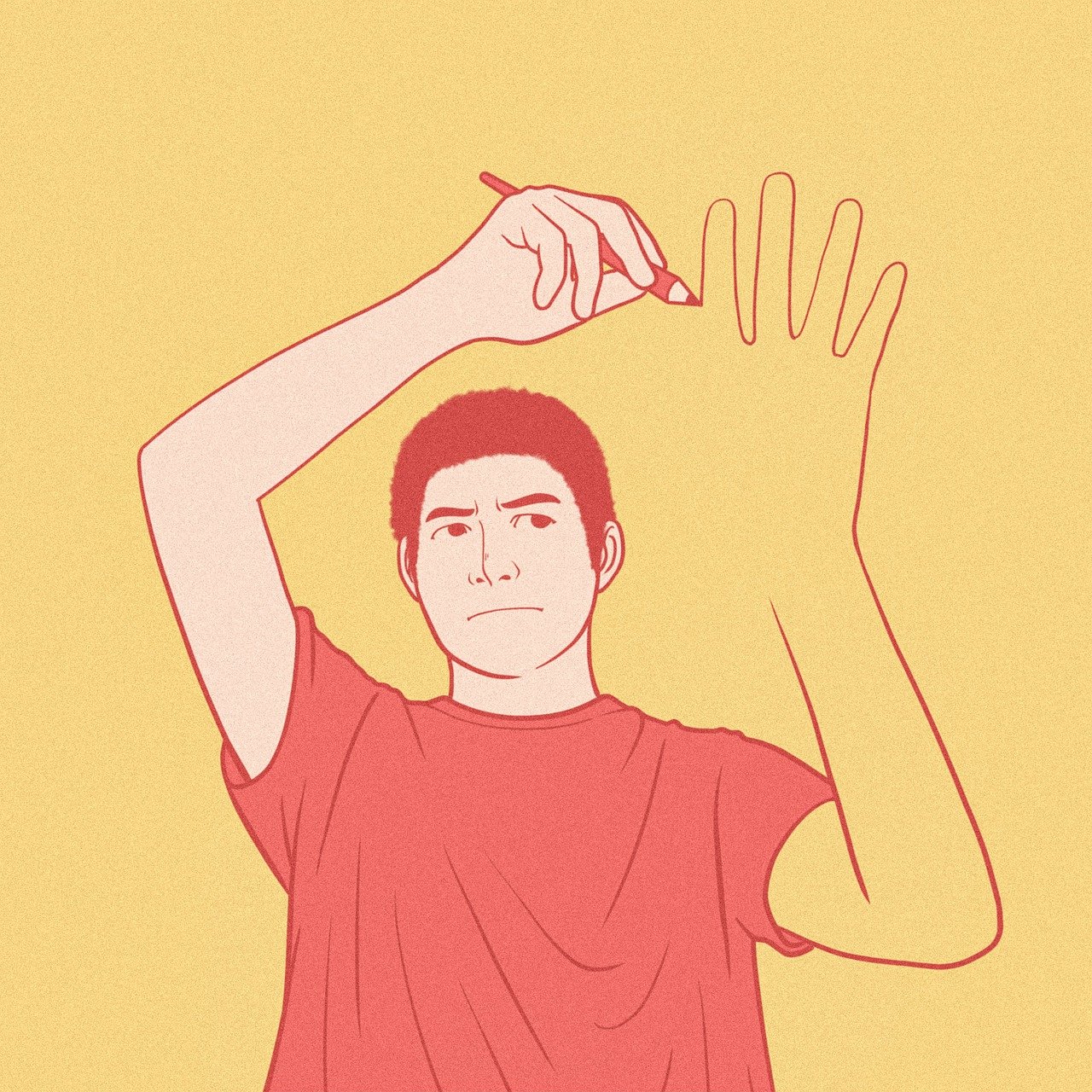Guest article by queer-voices.com

Art has long been honored as further than just a form of expression; it’s also an important tool for perfecting mental, emotional, and indeed physical well-being. Whether you’re painting, sketching, sculpting, or working digitally, the act of creating can quiet the mind, reduce stress, and enhance personal fulfillment. Still, not every artistic habit fosters the same sense of heartiness. In order to maximize earnings, it’s worth espousing conscious practices that concentrate on aligning creativity with self-care. Below are five practical tips to maximize your art-making process and enhance your overall well-being.
Embrace the Process, Not the Outcome
The topmost obstacle to successful creative work is perfectionism. Numerous people get fixated on the completed product and forget the fact that the factual award is being made. When you concentrate on the process, each brushstroke, line, or texture is an occasion to be present. This system is pressure-reducing and creates a pensive meter, one that can alleviate important anxiety. Do not forget, miscalculations aren’t failures but stepping stones to discovering what works. By valuing trial and flow over perfection, you permit yourself to heal through the experience art inherently provides.
Explore Emotions Through Color and Shape
Art can be a reflection of inner feelings. The intentional use of color and form helps steer emotions in a healthy direction. Red or orange brushstrokes, for example, can let loose pent-up energy, and soft blues and greens can create tranquility. Shapes contain emotional content as well. Jagged angles have a tendency to convey tension, but curves convey ease or gentleness. Allow yourself to instinctively select materials or color palettes, rather than making logical choices. This act of emotional interpretation brings clarity and cleansing, and offers insight and relief to you. Merely becoming aware of your choices can also increase self-awareness and help manage emotions.
Try Unique Tools and Materials
A mix of materials also tends to produce new ideas and greater excitement. Playing with unusual tools can stop routine and replenish passion. For instance, try using sponges, palette knives, digital styluses, or even flora and fauna like leaves. If you work digitally, invest in great Photoshop texture brushes that expand the range of effects you can achieve. All these options not only bring novelty, but they also promote playfulness, which is central to stress reduction. Using novel tools provokes curiosity, so the creative process becomes an adventure instead of drudgery. This sense of discovery reinforces the practice of art as a well-being practice, not a drudge.
Create in Supportive Environments
The working terrain you’re in has just as big an influence on your internal state as the art does. A cluttered, noisy room will make the process too difficult to handle, but a peaceful, well-lit room promotes attention and comfort. Having a special place for creativity, even a corner office with good light, can transfigure your experience. Adding soothing music, relaxing scents, or inspiring images makes it better. The thing is to make an atmosphere that encourages absorption without distraction. As relaxation is eased in the surroundings, creativity flows more fluently, cementing the remedial value of art.
Share and Reflect with Others
Art exists in relation. Sharing the work with other people, whether posting digital art on internet forums or showing physical media in local workshops or simply sharing with loved ones and acquaintances, can intensify a sense of belonging and approval. Feedback offers insight, but more importantly, sharing itself turns independent creation into a common human experience. Reflection is similarly important: documenting the process or discussing it with others gives it meaning and expansion. When you bring art into community and conversation, its impacts extend beyond the canvas or screen; it becomes a gateway to empathy and co-wellness.
In conclusion, creating art for well-being isn’t about achievement or praise; it’s about developing the self through playful, present, and expressive behavior. By fastening on the process, exploring passions, experimenting with tools, building compassionate surroundings, and reflecting with others, you make a practice that cultivates balance and adaptability. Art is no longer a pastime; it is a stupendous aid in the preservation of internal health. At any position of skill, the action of making is sufficient to produce peace, growth, and joy.
Photo from Pixabay